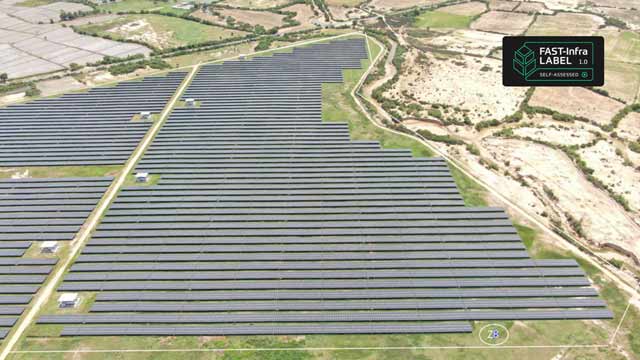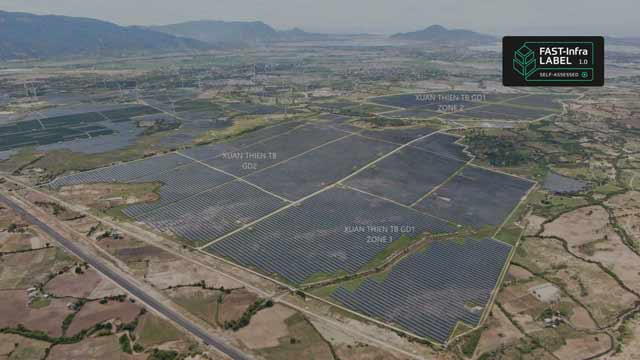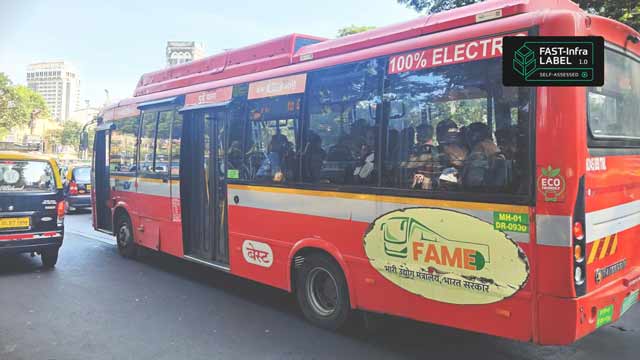.jpg)
Sustainable Infrastructure Investment: Building a Resilient Future
What’s a Rich Text element?
The rich text element allows you to create and format headings, paragraphs, blockquotes, images, and video all in one place instead of having to add and format them individually. Just double-click and easily create content.
H1
H2
H3
H4
H5
H6


Static and dynamic content editing
A rich text element can be used with static or dynamic content. For static content, just drop it into any page and begin editing. For dynamic content,

add a rich text field to any collection and then connect a rich text element to that field in the settings panel. Vsadsadsdasdasdasdasdoila!
- A rich text element can be used with static or dynamic content. For static content, just drop it into any page and begin editing. For dynamic content, add a rich text field to any collection and then connect a rich text element to that field in the settings panel. Voila!
- t to that field
- t to that field
-
How to customize formatting for each rich text
How to customize formatting for each rich text
How to customize formatting for each rich text
Headings, paragraphs, blockquotes, figures, images, and figure captions can all be styled after a class is added to the rich text element using the "When inside of" nested selector system.
In an era defined by climate change, urbanization, and resource constraints, the need for sustainable infrastructure investment has never been more pressing. Sustainable infrastructure refers to the development of roads, bridges, energy systems, water management, and urban spaces that not only meet current demands but also ensure environmental, economic, and social resilience for future generations. By investing in sustainable infrastructure, we can shape tomorrow’s economy while mitigating risks associated with environmental degradation, climate instability, and outdated systems.
What is Sustainable Infrastructure?
Sustainable infrastructure integrates economic growth with ecological responsibility and social inclusivity. It focuses on long-term durability, minimizing carbon footprints, and optimizing resource efficiency. Some key characteristics include:
- Low Environmental Impact – Sustainable infrastructure minimizes pollution, reduces emissions, and incorporates renewable energy sources.
- Resilience to Climate Change – Projects are designed to withstand extreme weather events, rising sea levels, and other climate risks.
- Social Inclusivity – Infrastructure should promote accessibility, affordability, and equitable benefits for diverse populations.
- Economic Viability – Sustainable projects ensure long-term returns on investment while avoiding future costs linked to environmental damage and system failures.
From green buildings and smart grids to sustainable transportation systems and climate-adaptive water management, sustainable infrastructure fosters a more livable, efficient, and resilient world.
How Investments in Sustainable Infrastructure Shape Tomorrow’s Economy
1. Economic Growth and Job Creation
Investing in sustainable infrastructure fuels job creation in renewable energy, construction, engineering, and urban planning sectors. The shift towards green energy alone has generated millions of new jobs globally, while sustainable transportation and smart city innovations contribute to long-term economic expansion.
2. Risk Mitigation and Cost Savings
Traditional infrastructure investments often overlook long-term sustainability, leading to costly repairs, inefficiencies, and environmental damage. Sustainable infrastructure investments proactively mitigate these risks by integrating durability, adaptability, and efficiency. For instance, flood-resistant urban planning reduces economic losses from climate disasters, while renewable energy investments cut dependency on volatile fossil fuel markets.
3. Enhanced Energy and Resource Efficiency
Modern sustainable infrastructure incorporates cutting-edge technology to optimize energy use, reduce waste, and minimize water consumption. Smart grids enhance electricity distribution efficiency, green buildings lower energy consumption, and circular economy practices extend the lifespan of materials. These innovations lead to significant cost savings for businesses, governments, and consumers alike.
4. Attracting Private and Public Investment
Governments and financial institutions worldwide recognize the importance of sustainable infrastructure, creating incentives and financing mechanisms to attract investors. Green bonds, public-private partnerships (PPPs), and sustainability-linked loans encourage long-term capital inflows into eco-friendly projects.
5. Improved Public Health and Quality of Life
Sustainable infrastructure directly benefits public health by reducing air and water pollution, promoting clean energy, and improving urban mobility. Green spaces, pedestrian-friendly urban planning, and efficient waste management systems contribute to healthier and more livable cities. This not only enhances quality of life but also reduces healthcare costs associated with pollution-related diseases.
6. Global Competitiveness and Innovation
Countries and cities that prioritize sustainable infrastructure gain a competitive edge in the global economy. Innovations in smart transportation, renewable energy, and digital infrastructure attract businesses, skilled workers, and international investments. Sustainable infrastructure also fosters technological advancements, positioning economies at the forefront of the green transition.
Bridging the $15 Trillion Investment Gap
The need for capital allocation to sustainable projects has never been greater.
According to the United Nations Environment Programme (UNEP), significant investment in sustainable and resilient infrastructure is required to achieve the Sustainable Development Goals and net-zero emissions. It’s projected that the world needs an estimated $94 trillion in infrastructure investments by 2040 to drive decarbonization, foster a circular economy, and support the global energy transition.
The launch of the FAST-Infra Label at the World Economic Forum 2025 marked a groundbreaking step toward aligning global infrastructure investment with sustainability goals.
The FAST-Infra Label provides a globally applicable framework to assess and certify infrastructure projects, helping investors identify bankable, resilient, and low-carbon solutions.
Constantin Cotzias, European Director, Bloomberg L.P., highlighted the importance of a standardized approach:
“Building a common language for quantifying and assessing performance is essential to enabling investors to understand the viability of sustainable infrastructure projects. That’s where the FAST-Infra Label comes in, building confidence in sustainable infrastructure investment through a commonly accepted, consistent global framework of high-quality data across asset types.”
Unlocking Infrastructure Financing with Reliable Data Solutions
Around 80% of infrastructure projects never reach financial closure, largely due to long preparation times, complex approval processes, and due diligence challenges related to environmental and resilience issues.
Thierry Deau, Founder and CEO of Meridiam further explains this challenge:
“Infrastructure projects tend to not come to fruition due to the long preparation time, the complexity of processes, and the extensive analysis and due diligence required—especially when it comes to environmental and resilience issues. This label is here to support both investors and governments. It's a two-way street: it helps governments in preparing their projects, while also making it easier for investors and lenders to actively participate in infrastructure development.”
The FAST-Infra Label provides a reliable framework that enables project developers to self-assess their infrastructure projects through a simple and streamlined labelling process.
Enhancing Long-Term Resilience and Investment Confidence in Infrastructure
Sustainable infrastructure is not just about reducing emissions—it is about ensuring long-term resilience against climate risks. The insurance sector plays a crucial role in de-risking projects by offering long-term risk protection.
Veronica Scotti further emphasizes the challenge:
“The insurance industry is one of the largest long-term investors. We have a natural alignment between our capital and the duration of infrastructure projects. However, we struggle to find enough well-prepared projects. If this label gains momentum, it could be a game-changer, providing geographical diversification and better exposure to sustainable projects.”
By building investor confidence and ensuring that infrastructure projects adhere to high-quality sustainability standards, the FAST-Infra Label helps de-risk investments and promote long-term resilience.
The Way Forward
While sustainable infrastructure investment presents immense opportunities, challenges remain. Financing gaps, regulatory hurdles, and resistance to change often slow down progress. Governments, businesses, and financial institutions must collaborate to develop policies that incentivize green investments, streamline regulatory processes, and ensure equitable access to funding.
Public awareness and advocacy also play a crucial role. As consumers, individuals can support businesses and policies that prioritize sustainability. As investors, institutional and private entities can allocate capital towards environmentally responsible projects.
Investing in sustainable infrastructure is not just an environmental imperative — it is an economic necessity. By prioritizing sustainability in infrastructure development, we lay the foundation for a resilient, efficient, and prosperous future. The time to act is now, and the investments we make today will determine the sustainability and prosperity of generations to come.

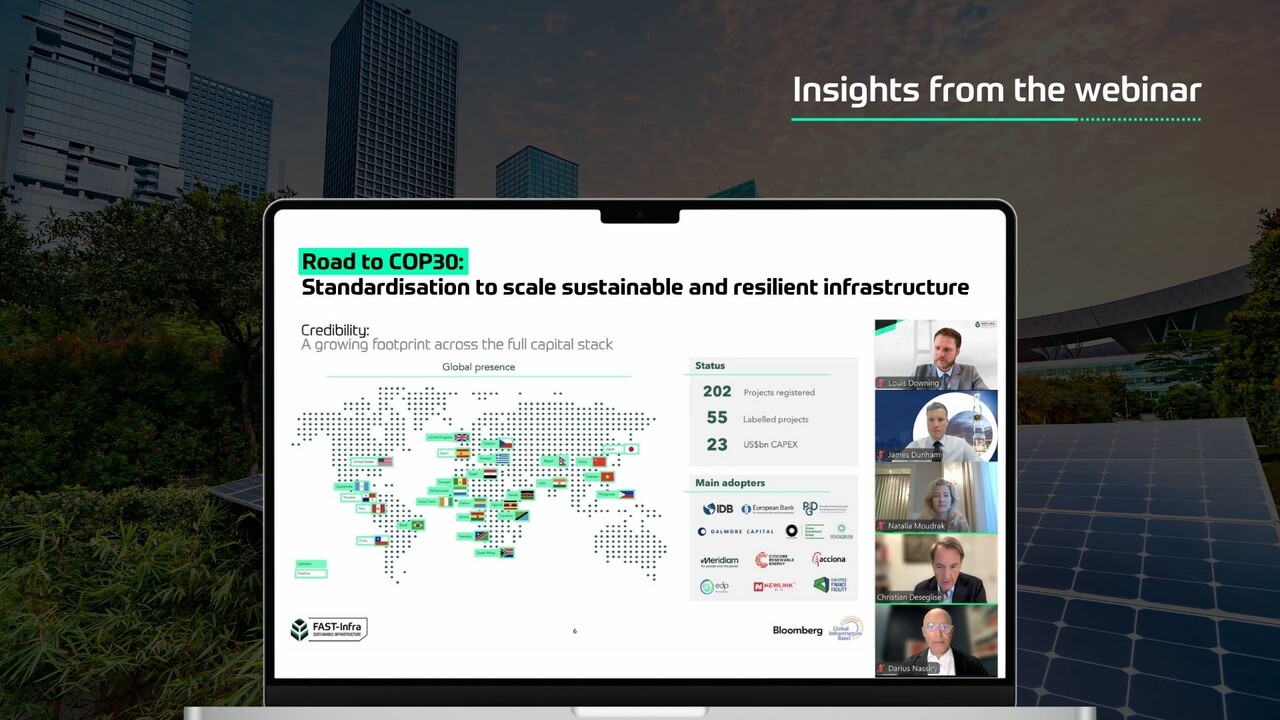


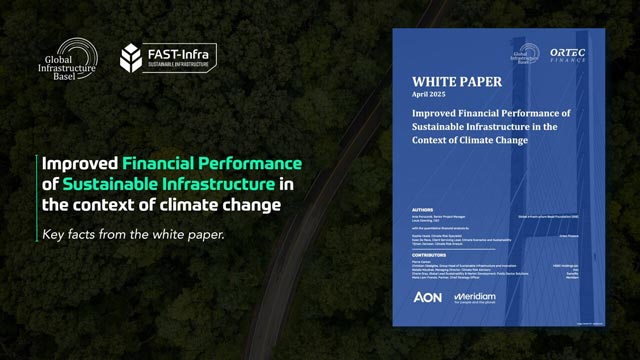


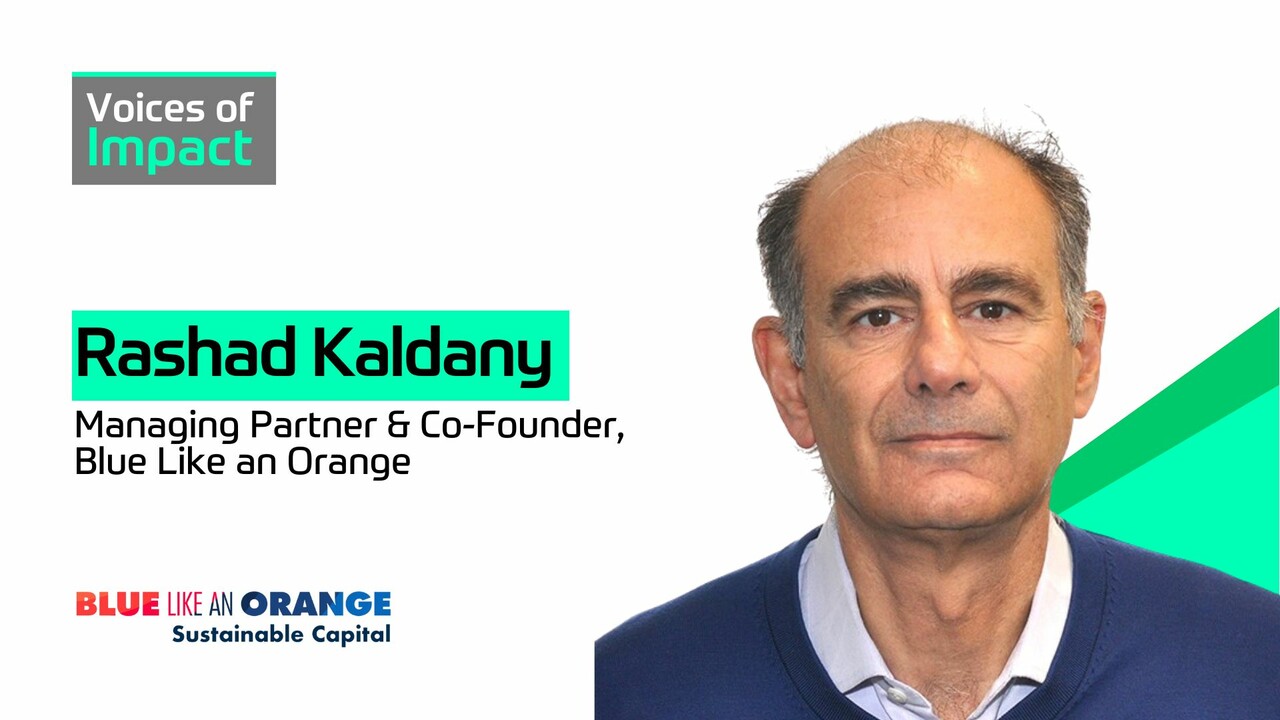
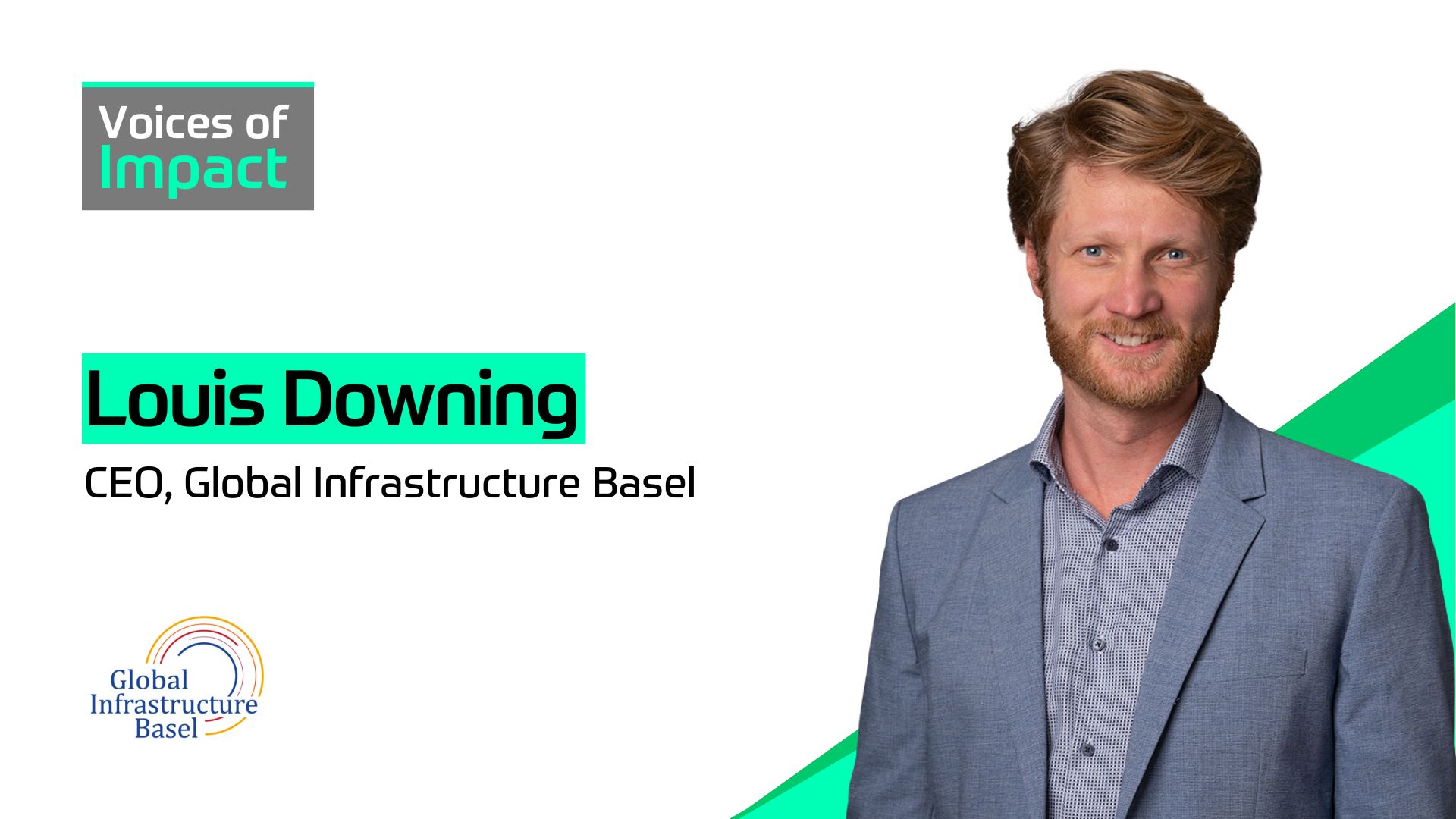
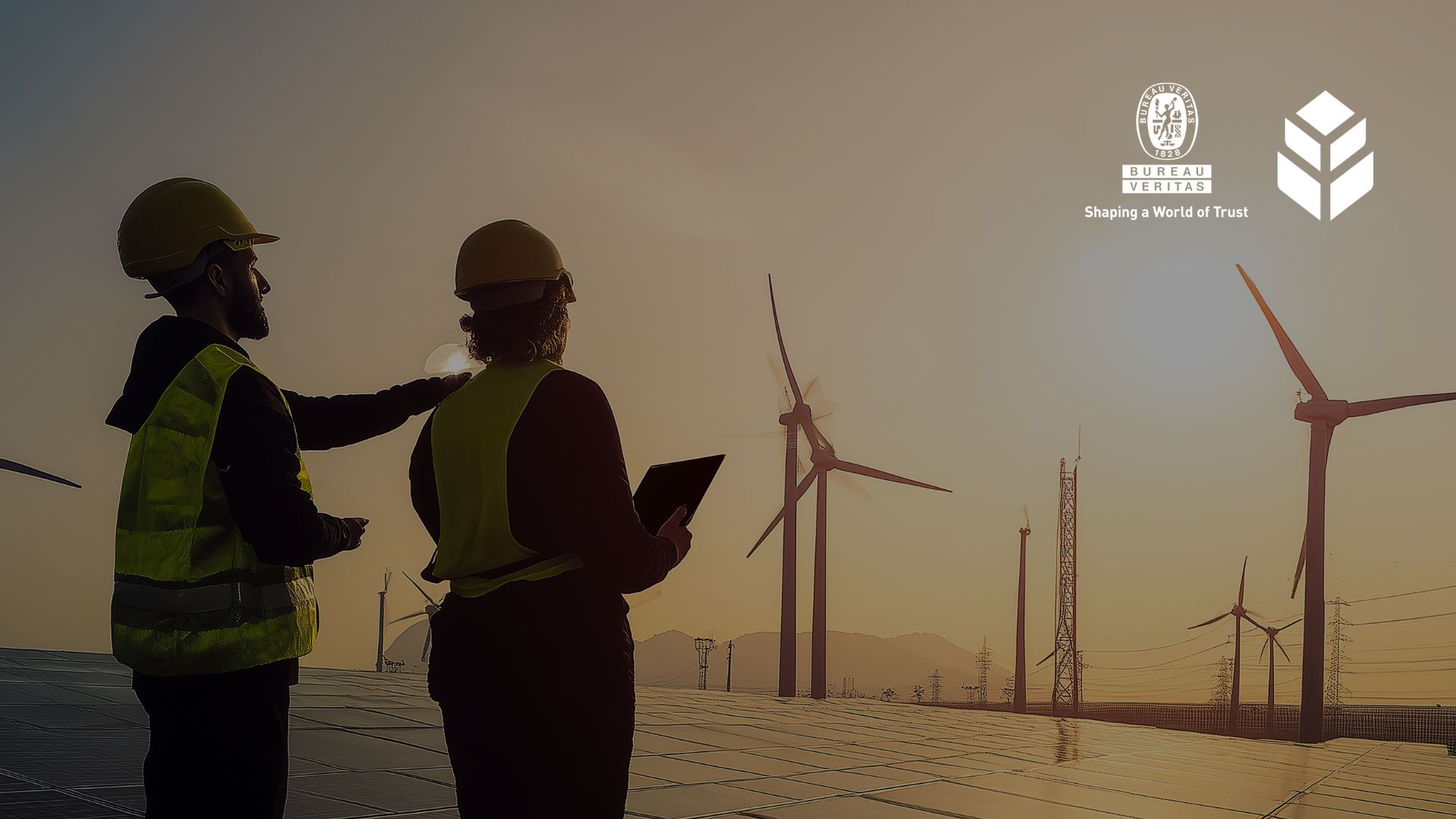
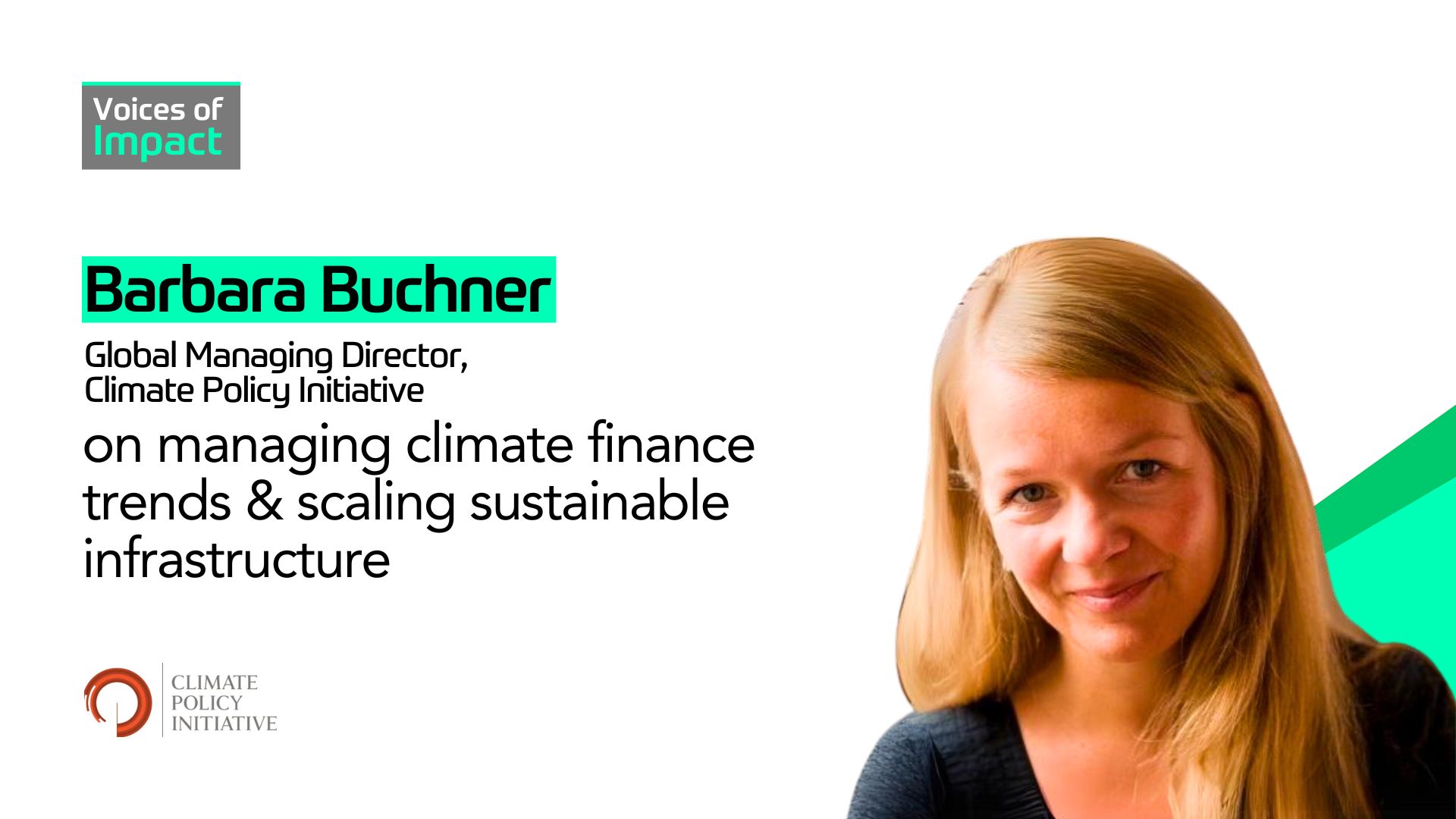
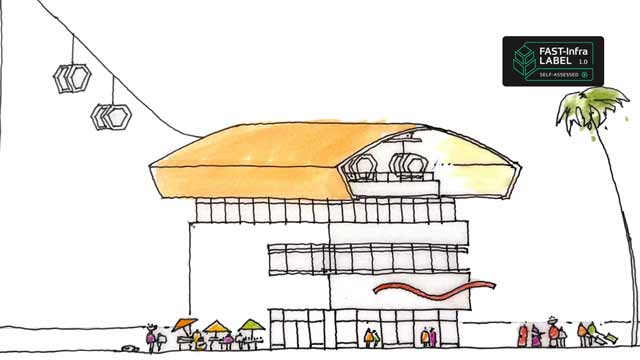






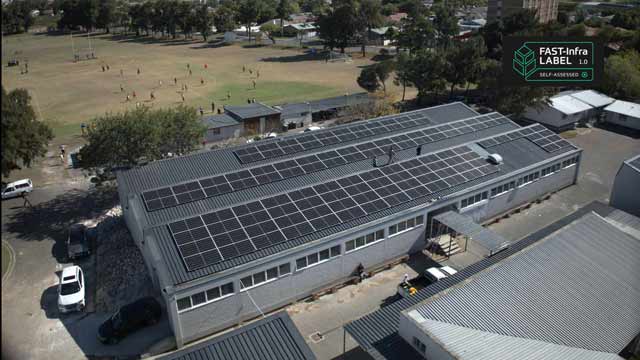

.jpg)


.jpg)


.jpg)
.jpg)
.jpg)
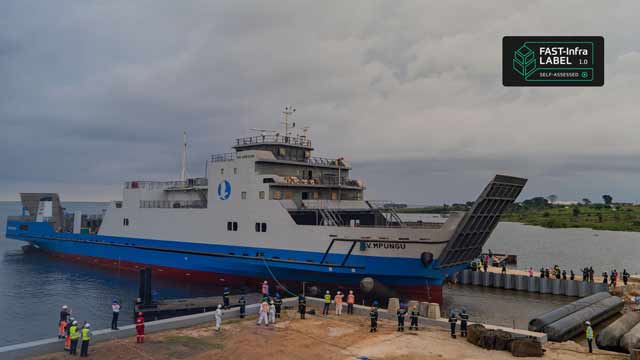
.jpg)




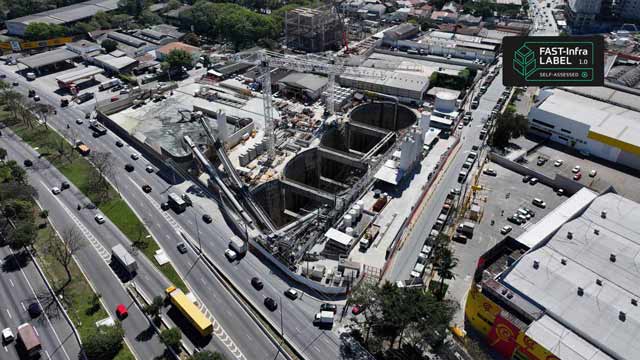




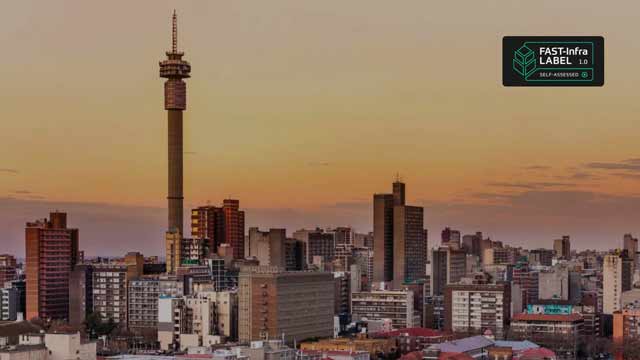








.webp)
.webp)


